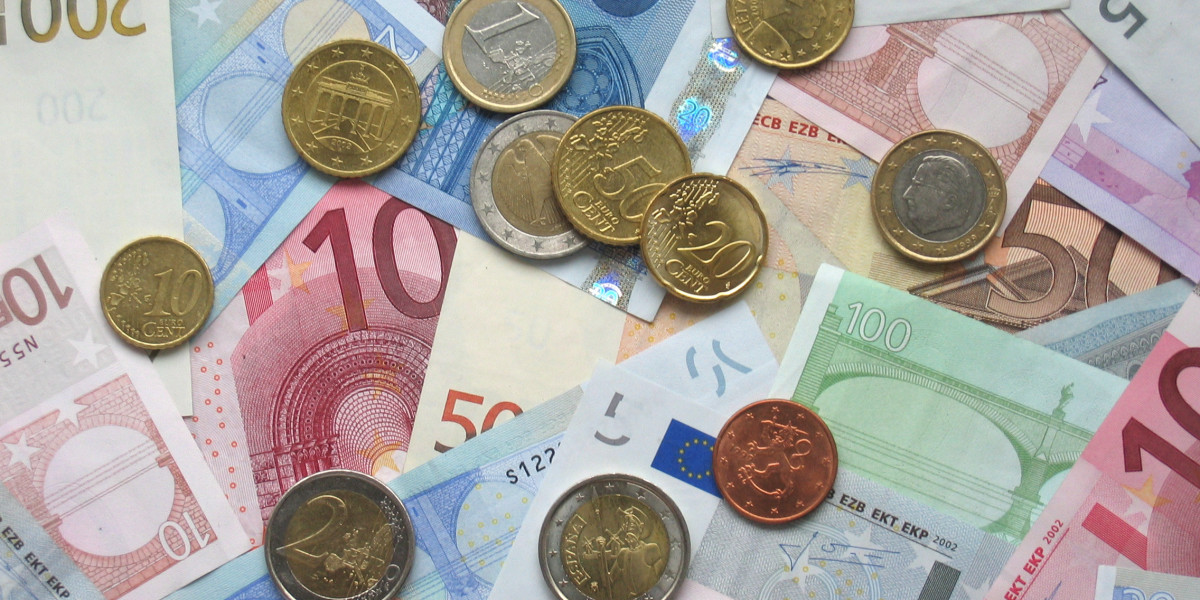The euro, the official currency of 20 European Union (EU) member states, stands as a remarkable symbol of economic integration and a powerful force in the global financial landscape. These nations, collectively known as the Eurozone, have relinquished their individual currencies in favor of a single, shared monetary unit, a decision with profound and far-reaching consequences. This article delves into the countries that constitute the Eurozone, the history of their monetary union, and the multifaceted impacts of adopting the euro.
As of 2025, the Eurozone comprises Austria, Belgium, Croatia, Cyprus, Estonia, Finland, France, Germany, Greece, Ireland, Italy, Latvia, Lithuania, Luxembourg, Malta, the Netherlands, Portugal, Slovakia, Slovenia, and Spain. These countries, varying significantly in size, culture, and economic structure, have bound their economic destinies together through the euro. The most recent country to join this exclusive club was Croatia, which adopted the currency on January 1, 2023.
Beyond the official members of the Eurozone, several other European microstates, namely Andorra, Monaco, San Marino, and Vatican City, have formal agreements with the EU to use the euro. Furthermore, Montenegro and Kosovo have unilaterally adopted the euro as their de facto currency, despite not being EU members. This widespread use underscores the euro's stability and appeal beyond the formal boundaries of the Union.
The Genesis of a Single Currency
The journey towards a single European currency was a long and deliberate process, born from the desire to foster deeper economic ties and prevent the conflicts that had historically plagued the continent. The ideological groundwork was laid in the decades following World War II, with the vision of an economically intertwined Europe less susceptible to nationalistic rivalries.
The Maastricht Treaty of 1992 marked a pivotal moment, setting out the roadmap for Economic and Monetary Union (EMU) and establishing the stringent "convergence criteria" that countries would need to meet to adopt the euro. These criteria were designed to ensure economic stability and included targets for inflation rates, government budget deficits, government debt-to-GDP ratios, exchange rate stability, and long-term interest rates.
On January 1, 1999, the euro was introduced as an electronic currency for banking and financial transactions. For the first three years, it remained an "invisible" currency, with citizens continuing to use their national banknotes and coins. The tangible arrival of the euro occurred on January 1, 2002, when euro banknotes and coins were introduced in 12 of the then 15 EU member states. The changeover was a massive logistical undertaking, involving the withdrawal of legacy currencies and the distribution of billions of new banknotes and coins. The design of the euro banknotes, featuring generic European architecture to avoid national bias, and the coins, with a common European side and a national side, are a testament to the continent's unity in diversity.
The Economic and Social Tapestry of the Euro
The adoption of the euro has woven a complex economic and social tapestry across the Eurozone, with both significant benefits and notable challenges.
Benefits of a Unified Currency:
One of the most significant advantages of the euro is the elimination of currency exchange costs and risks within the Eurozone. This has profoundly facilitated trade and travel among member states, making it easier and cheaper for businesses to operate across borders and for tourists to explore the continent. Price transparency has also increased, as consumers can directly compare the cost of goods and services in different countries, fostering greater competition.
For businesses, the single currency has created a larger and more integrated market, offering greater opportunities for growth and investment. The stability of the euro, backed by the European Central Bank (ECB), has also led to lower and more stable inflation rates for many member countries compared to their pre-euro periods. Furthermore, the euro has established itself as a major global reserve currency, second only to the US dollar, which enhances the Eurozone's collective influence in the international economic arena.
Challenges and Criticisms:
Despite its successes, the euro is not without its challenges. The most significant drawback for member states is the loss of their independent monetary policy. The "one-size-fits-all" monetary policy set by the ECB in Frankfurt may not always be optimal for the specific economic conditions of each individual country. For instance, a country experiencing a recession might ideally benefit from a lower interest rate to stimulate its economy, while another country facing high inflation might require a higher rate. The inability to devalue a national currency to boost competitiveness in times of economic hardship is another critical limitation.
The Eurozone sovereign debt crisis, which began in 2009, starkly exposed the vulnerabilities of the single currency. Countries like Greece, Ireland, Portugal, and Spain faced severe economic downturns, and the lack of a fiscal union to complement the monetary union became painfully apparent. The crisis highlighted the deep economic disparities within the Eurozone and sparked intense debates about the need for greater fiscal integration and solidarity among member states.
The Future of the Eurozone
The euro's journey has been one of both remarkable achievement and significant trials. It has undeniably fostered a more integrated and economically powerful Europe. The single currency has weathered storms that many predicted would lead to its demise, demonstrating a surprising resilience.
Looking ahead, the future of the Eurozone will likely involve continued efforts to strengthen its architecture. Discussions around the completion of the banking union and the potential for a fiscal union remain central to the long-term stability and success of the euro. The prospect of further enlargement also looms, with several EU member states, such as Bulgaria and Romania, legally obliged to adopt the euro once they meet the convergence criteria.
In conclusion, the countries that use the euro have embarked on a unique and ambitious economic experiment. The single currency has reshaped the economic landscape of Europe, bringing both unprecedented integration and complex challenges. As the Eurozone continues to evolve, the euro will undoubtedly remain a central and defining feature of the European project, a testament to the enduring aspiration for unity and shared prosperity on a diverse and dynamic continent.










